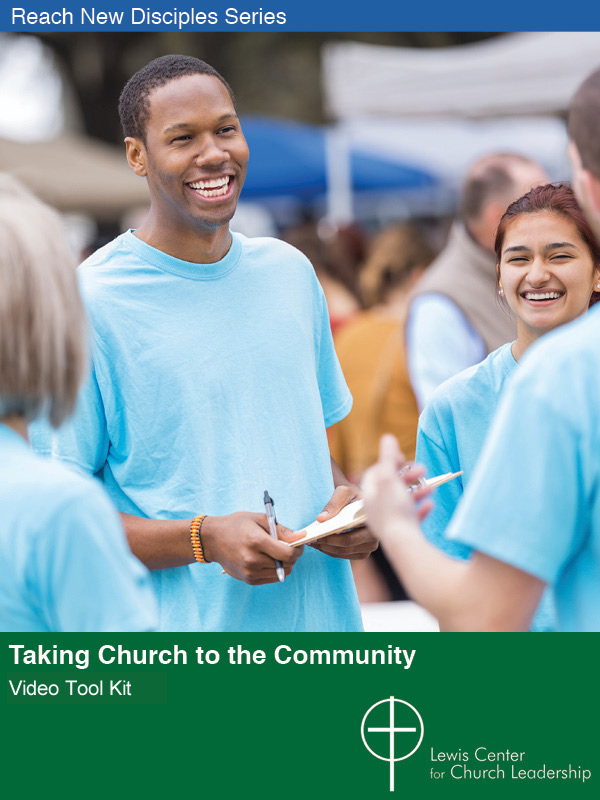Douglas Brouwer, author of How to Become a Multicultural Church, says in diverse settings it’s not enough to treat people the way you would like to be treated. It’s important to learn how they want to be treated.
Doesn’t it make sense to treat others as you would like to be treated? It sounds right, and of course, it’s biblical. But does it tell us enough about how to respond to cultural diversity within congregations? I believe the answer is no.
What does respect look like?
Let me ask you something I had not thought to ask myself before serving a multicultural congregation. What does respect look like? I want to be treated with respect, of course, and I imagine that everyone else does as well, but I now see that respect has different meanings, sometimes vastly different meanings, in different cultures. Having respect for someone might mean saying hello in the morning, or it might mean leaving that someone alone, depending on the culture. Having respect might mean making eye contact, or it might mean refraining from eye contact, once again depending on the culture. Having respect might mean being direct and blunt whenever a question is asked, or it might mean an overabundance of politeness. Again, it depends on the culture.
One variation on the Golden Rule is sometimes referred to as the Platinum Rule: “Treat others as they want to be treated.” In a multicultural situation, I think this is the rule we need to embrace.
The Platinum Rule
One variation on the Golden Rule is sometimes referred to as the Platinum Rule: “Treat others as they want to be treated.” In a multicultural situation, I think this is the rule we need to embrace.
It is difficult and sometimes painstaking work, however, to figure out how others want to be treated. And knowing exactly how another human being would like to be treated in every situation might well be impossible (as any married person will acknowledge). But making the effort to understand how another wants to be treated will at least change the frame of reference from “how I want to be treated is probably how all other people want to be treated” or “how a person from one culture wants to be treated is more than likely how a person from another culture wants to be treated.”
Key Questions for Leaders in Diverse Settings
I had no idea until recently that major corporations and larger businesses have begun to devote a great deal of time to this issue — often under the not very pastoral sounding term “diversity management.” The idea, greatly oversimplified, is that a leader needs to understand the people she is leading in order to have the most effective relationships.
Here are some questions that business leaders in multicultural settings are having to ask themselves, and these questions are useful for pastors and church leaders in multicultural churches as well:
- Do you test your assumptions before acting on them? Believe there is only one right way of doing things, or that there might be a number of valid ways to accomplish the same goal?
- Do you have honest relationships with each staff member you supervise? Are you comfortable with each of them? Do you know what motivates them, what their goals are, how they like to be recognized?
- Are you able to give negative feedback to someone who is culturally different from you?
- Do you rigorously examine your team’s (or church’s) existing polices, practices, and procedures to ensure that they do not differently impact different groups? When they do, do you change them?
- Do you take immediate action with people you supervise when they behave in ways that show disrespect for others in the workplace, such as inappropriate jokes and offensive terms?
It occurred to me when I came across this list that expectations in the church should be at least as rigorous as they are in the workplace. One of my colleagues called to be pastor of a multi-cultural church found himself attending a class about cultural assumptions and stereotyping before he had unpacked a single box of books. I think back to the churches I have served over the years and wonder how much easier my transitions would have been if I had had a similar class or seminar.
This article is excerpted from How to Become a Multicultural Church (Wm. B. Eerdmans Publishing Company, 2017) by Douglas J. Brouwer. Used by permission. The book is available at Cokesbury and Amazon.
Related Resources
- The Qualities of Competent Intercultural Leadership by Brian Leander
- Building Multicultural Relationships by Mark DeYmaz And Bob Whitesel
- Multicultural Fluency and the Discipline of Dialogue by Curtiss Paul DeYoung







